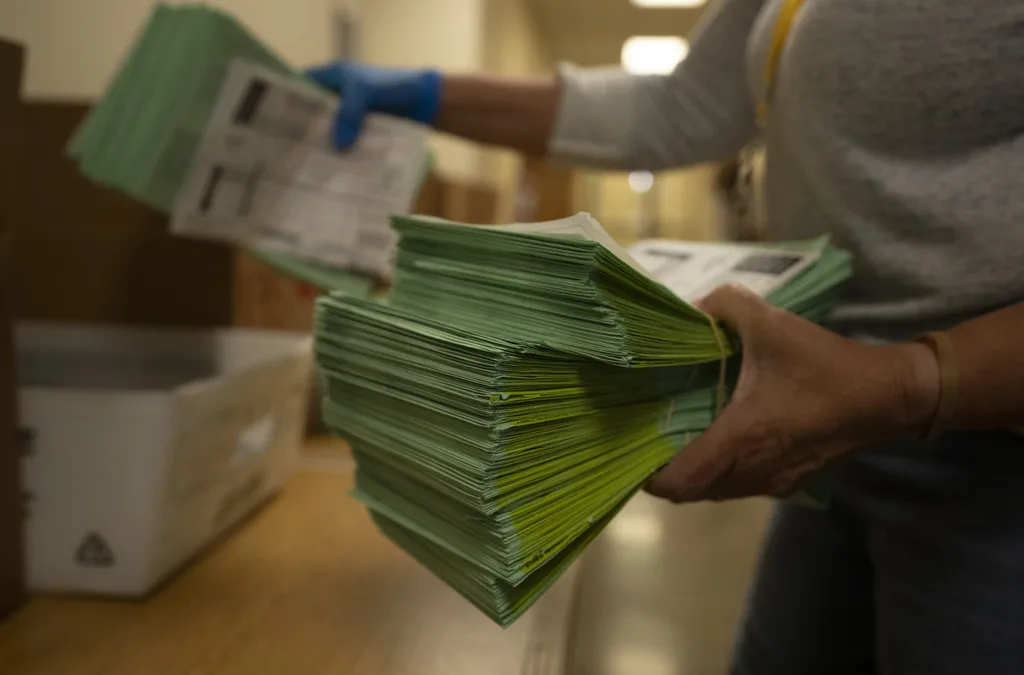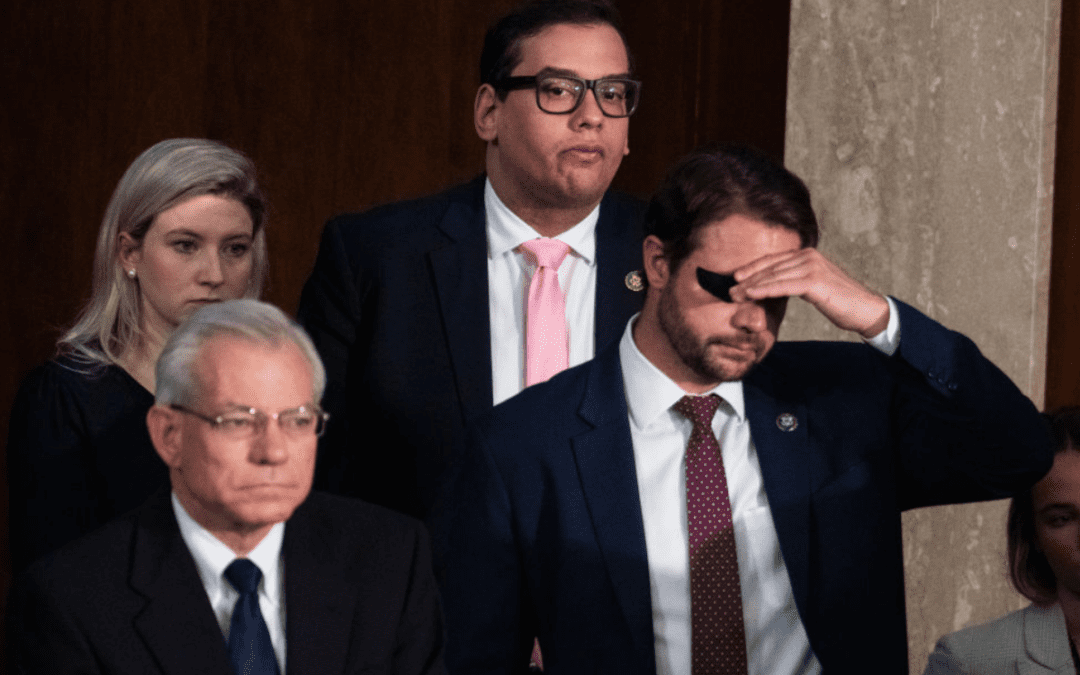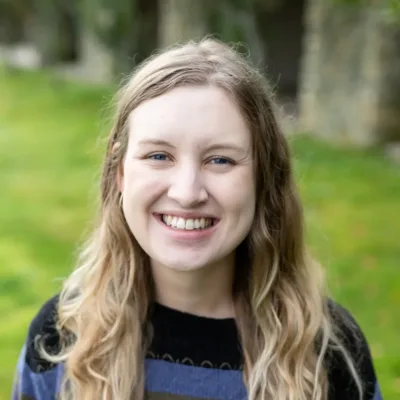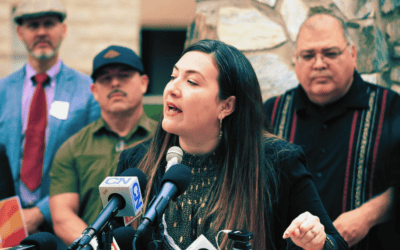
Image via Shutterstock, illustration by Morgaine Ford-Workman
Legislators passed a law requiring educators to undergo suicide prevention training last fall.
School districts throughout Arizona are dealing with more than just physical health concerns during the COVID-19 pandemic. Communities are worried about the mental health impacts of the pandemic as well, especially on students.
Beyond isolation from friends and extended family, children are also facing separation from school and other social networks, like scouting groups or sports teams. They are also shouldering the uncertainty of their school situation as many bounce between in-person and remote learning while the number of COVID cases fluctuates. Some kids have had to miss out on major life events, like graduation and prom.
RELATED: Pandemic Fallout Is Taking a Serious Toll on Latinos’ Mental Health
But suicide was a problem for Arizona youth before the pandemic hit. Last year, a total of 182 Arizonans ages 5-24 died by suicide, according to the state health department. From January through September of this year, there have been 147 in that same age group.
The isolation and uncertainty of COVID-19 have left educators searching for new ways to keep their students safe and alive.

Lives Lost
John Carruth, superintendent of the Vail Unified School District in Pima County, said his district has lost two students to suicide this year.
“The unfortunate truth and reality of it is we are familiar with teen suicide,” he told The Copper Courier.
He said it has been especially difficult for the community to grieve considering their inability to have large events like memorials where people can comfort one another in person.
Carruth said he worries how students not in school are coping with this year’s challenges.
“If you look at a continuum of what it means for young people to be in community with a group of caring adults,” he said, “they lose all kinds of contact points—contact for encouragement, contact for learning, contact for checking in.”
Carruth joined state health department director Dr. Cara Christ and other educators at a press conference last week to urge the public to focus on keeping schools open as a way to combat the pandemic’s negative mental health effects.
“If we prioritize education then we must sacrifice in some other areas, collectively and individually in our behavior, and that’s what the ask is,” he said.
“I hope that we learned some lessons from May and June and July and don’t close schools simultaneously with other things that we close,” Carruth added. “I hope if cases increase that we begin to look at other restrictions first that allow schools to remain open.”

Early Efforts
As a result, the state had already been working to prevent more deaths before COVID-19 entered the world.
Last fall, the Arizona Legislature passed the Mitch Warnock Act, which requires school districts and charter schools to provide staff with suicide prevention training for grades 6-12. The law was named after a Tempe high school student who died by suicide in 2017.
The Arizona Health Care Cost Containment System (AHCCCS), the state’s Medicaid agency, chose eight training curriculums for schools to use, with several having online options. The training, required every three years, teaches educators to identify warning signs for suicide and mental health conditions like depression and anxiety, then how to connect students to resources.
RELATED: COVID-Related Trauma Overwhelms Arizona’s Mental Health Care Providers
“We could not have predicted the pandemic coming our direction when we selected those,” AHCCCS suicide prevention specialist Kelli Donley Williams told The Copper Courier. “But we did know—that because there are so many educators who live in rural communities in Arizona who have the same requirements as educators who live in more populous places—we wanted the playing field to be more even for everybody.”
As a result, the training was still able to go on for this fall despite school closures and other obstacles.
Carruth said the Vail district had already been implementing this type of training in previous years, and they were able to move it remote for this year.
“We are continuing our training with those suicide preventions techniques and strategies that we have had in place previously during this time,” he said.
Campus Intervention
Donley Williams said the state has also made headway in connecting students to behavioral health professionals on school campuses.
After a $10 million funding push in 2018, the state saw a 300% increase in Medicaid-eligible students receiving these services at school.
“This is where suicide prevention is a long game,” Donley Williams said. “What we’re really hoping to see is that by providing those behavioral services to children … we’re hopefully avoiding some of the suicidal crises later in life.”
When schools closed in March, the agency worked with health providers to find ways to continue services for the 16,000 Medicaid-eligible students receiving them on campus. Solutions included expanding telehealth services, providers giving families iPads to access those services, and moving some students into a clinic setting.
More Staff
The state also attempted to better provide for mental health needs by offering $20 million in funding for more counselors, social workers, and school resource officers in 2019.
The state’s counselor-to-student ratio is the worst in the nation at 905 to 1, according to the American School Counselor Association.
The state ended up approving funding for an additional 224 counselors. But the need was much greater. During the grant application process, schools requested 473 counselors.
Carruth said Vail received an additional counselor as part of the grant, which has been a help to the district. And while he would like to hire even more, he said there is another, overlooked need—the teacher-student ratio.
RELATED: New Mental Health Center Will Help Underserved West Valley Community
“What I would like more than that is the ability to hire more great teachers and lower class sizes, because, ultimately, those relationships with teachers are as robust at preventing suicide and other harmful behaviors from happening as anything,” Carruth said.
Arizona schools have historically had trouble hiring and keeping on teachers, as the state is among the lowest in the country for teacher pay.
But there is hope—educators were able to push Proposition 208, also known as Invest in Ed, through the ballot this fall. The measure, which places an additional surcharge on high earners’ incomes, is expected to bring in hundreds of millions of dollars for Arizona schools, with half of that revenue going toward increasing pay for teachers and classroom support staff.
Best Practices
Donley Williams echoed Carruth’s concerns about students being separated from important people in their lives like teachers.
“The general insecurity right now of what tomorrow looks like, I think is adding to a communal sense of dread,” she added.
According to Donley Williams, some warning signs to look out for include a change in sleep patterns (both under- and over-sleeping) and an increase in substance use.
If a person becomes worried about someone close to them, it’s best to pull them aside for a private, one-on-one conversation.
“Really be an active listener. Ask them how they’re feeling. Ask them what they’re thinking,” Donley Williams said.
If the person shares that they are feeling suicidal, Donley Williams said it’s best to call 911, go to the emergency room, or immediately connect the person with a trusted adult. Most importantly, she said, do not leave a suicidal person alone for any period of time.
If a person isn’t feeling suicidal but depressed or anxious, the state’s 211 hotline can connect them with behavioral health resources whether or not they have insurance.
It’s also a good idea to consider what proactive approaches are available, Donley Williams said. For example, she tells people to think of five people they haven’t connected with in a while, then call, send a text, or connect with them in whatever way feels right.
“There may be folks who just need someone to say hello and check on them,” she said. “That does make a difference. I know it sounds very ‘Pollyanna,’ but there’s lots of science to show that that simple act can save lives.”

The National Suicide Prevention Lifeline is available at 1-800-273-TALK (8255).
Continue Reading: Ducey Signs Law Requiring Insurers to Cover Mental Health
Support Our Cause
Thank you for taking the time to read our work. Before you go, we hope you'll consider supporting our values-driven journalism, which has always strived to make clear what's really at stake for Arizonans and our future.
Since day one, our goal here at The Copper Courier has always been to empower people across the state with fact-based news and information. We believe that when people are armed with knowledge about what's happening in their local, state, and federal governments—including who is working on their behalf and who is actively trying to block efforts aimed at improving the daily lives of Arizona families—they will be inspired to become civically engaged.


He said what? 10 things to know about RFK Jr.
The Kennedy family has long been considered “Democratic royalty.” But Robert F. Kennedy, Jr.—son of Robert F. Kennedy, who was assassinated while...

Here’s everything you need to know about this month’s Mercury retrograde
Does everything in your life feel a little more chaotic than usual? Or do you feel like misunderstandings are cropping up more frequently than they...

Arizona expects to be back at the center of election attacks. Its officials are going on offense
Republican Richer and Democrat Fontes are taking more aggressive steps than ever to rebuild trust with voters, knock down disinformation, and...

George Santos’ former treasurer running attack ads in Arizona with Dem-sounding PAC name
An unregistered, Republican-run political action committee from Texas with a deceptively Democratic name and ties to disgraced US Rep. George Santos...





